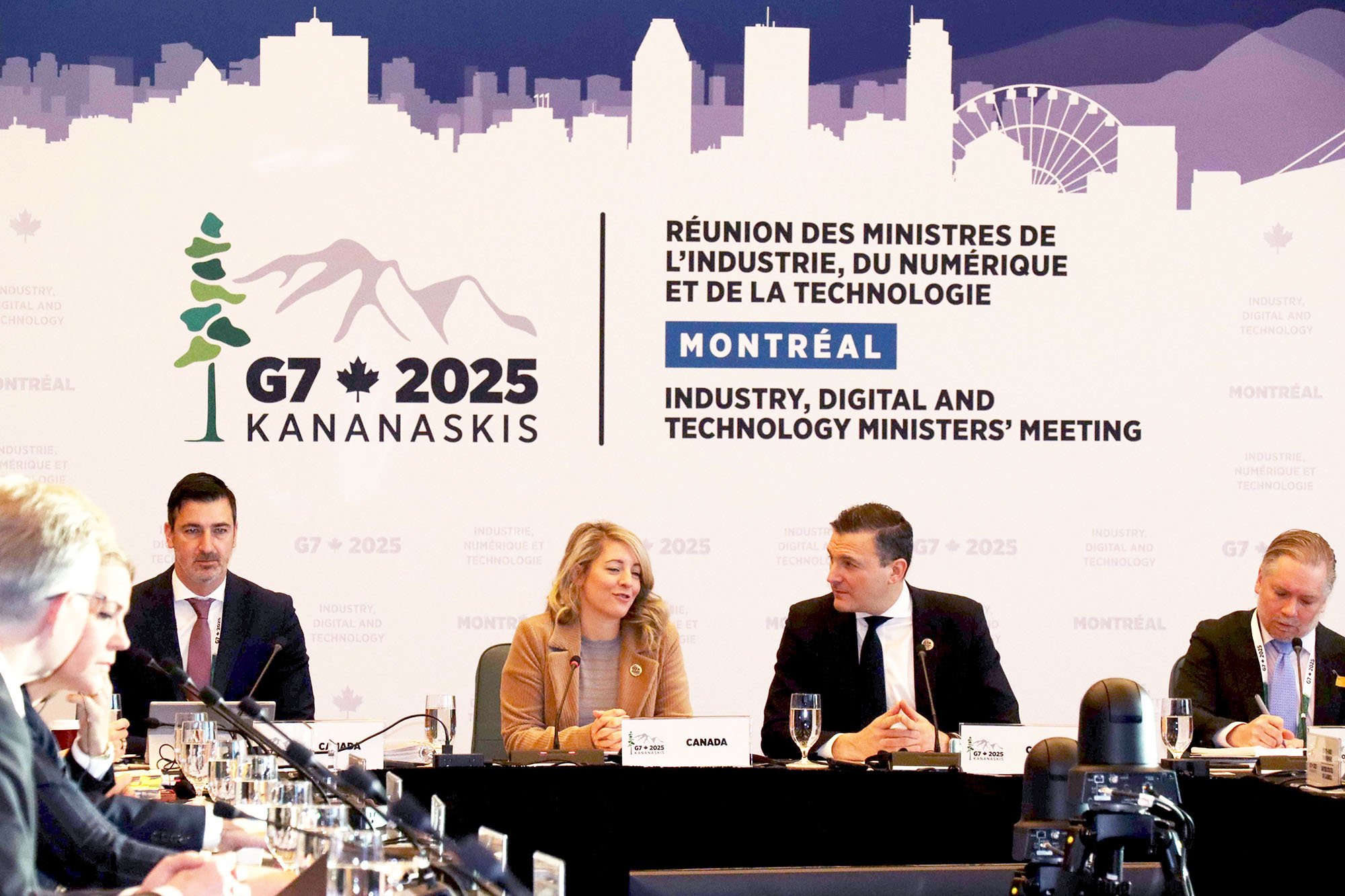Carney leaves Washington with no concessions from Trump
TWITTER PHOTO
Having established a working relationship with U.S. President Donald Trump, newly elected Prime Minister Mark Carney set about trying to strengthen Canada at home by enlisting the premiers in a plan to revitalize the country’s troubled economy with a wave of nation-building projects.
At a high-stakes White House meeting Tuesday, Carney negotiated a live face-to-face chat with the volatile president without incident despite bluntly interjecting that Canada “is not for sale, ever.” Praised by Trump as a great choice to lead Canada, Carney achieved his goal of opening a constructive dialogue with the president on resetting bilateral relations. But the prime minister left the White House after two hours of talks without concessions on the trade war or a specific schedule for future negotiations.
“Really, today marked the end of the beginning of a process of the United States and Canada redefining that relationship of working together,” Carney said afterwards. “The question is how we will cooperate in the future. How can we build an economic and security relationship built on mutual respect, built on common interests, that delivers transformational benefits to our economies.”
‘Big, nation-building projects’
The continuing uncertainty put added pressure on Carney to follow through quickly with his pledge to join with the premiers to launch a new federal-provincial-territorial building boom in housing, trade corridors, mineral extraction, manufacturing, and energy infrastructure.
After briefing his provincial counterparts Wednesday about the White House meeting, the prime minister said that in the face of “immediate trade pressures,” he and the premiers are focused on building up Canada’s economic resilience. “That means launching big nation-building projects, removing internal trade barriers and building one Canadian economy,” Carney wrote on social media.
The PMO added that the premiers “agreed to accelerate project approvals, including through a ‘one project, one review’ approach. The prime minister reaffirmed his commitment to table federal legislation to eliminate federal trade barriers by Canada Day.”
Carney’s pledge to eliminate federal trade barriers and the premiers’ agreement to a “one project, one review” process marks a bold step toward reducing bureaucratic inefficiency. If implemented effectively, this could improve the speed of major project delivery, encourage more private sector investment, and boost interprovincial trade, which has long been hampered by regulatory fragmentation. Creating a truly unified national economy would address a chronic Canadian weakness and potentially add billions to GDP annually.
Exporters in limbo
The lack of concrete outcomes in the trade war leaves Canadian exporters, particularly in sectors like autos, steel, and agriculture, in limbo, which could delay investment and hiring.
Carney’s background as a former central banker lends credibility to his economic vision, but execution will be critical. Past governments have announced ambitious infrastructure plans that were ultimately slowed by political and logistical hurdles.
Success depends on rapid implementation, intergovernmental cooperation, and how the trade relationship with the U.S. evolves in the months ahead. The exchange between Carney and Trump will continue with another meeting on the sidelines of the G7 summit in Kananaskis, Alta., which the prime minister will host on June 15–17.






